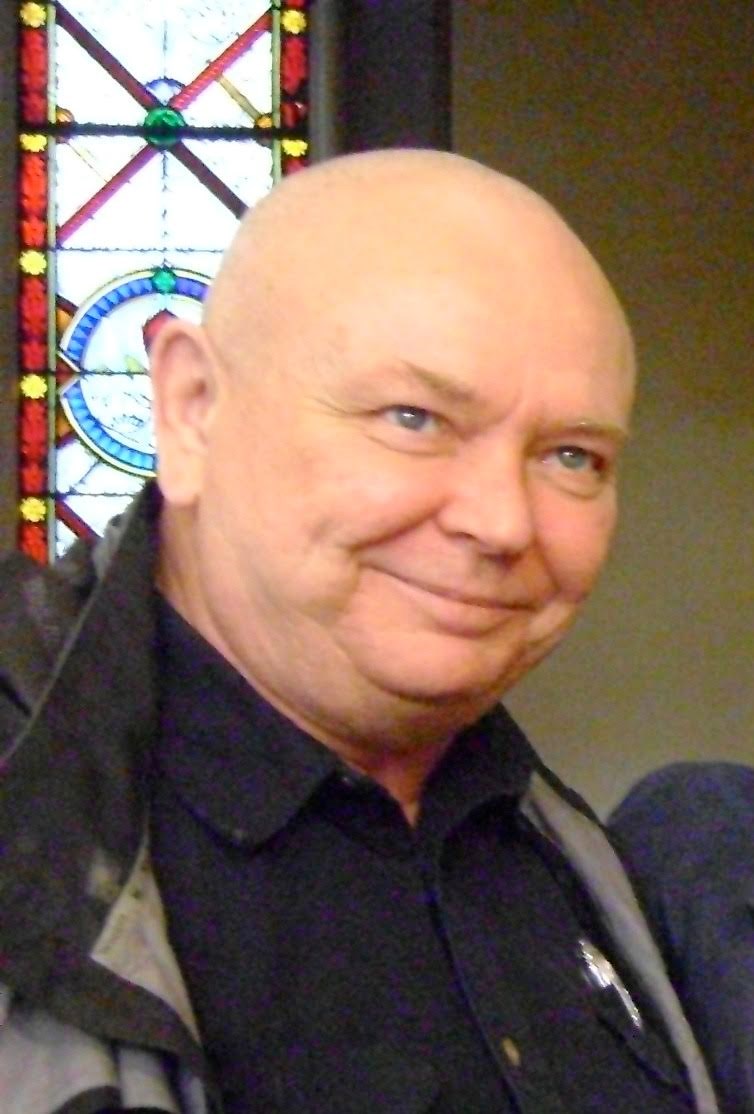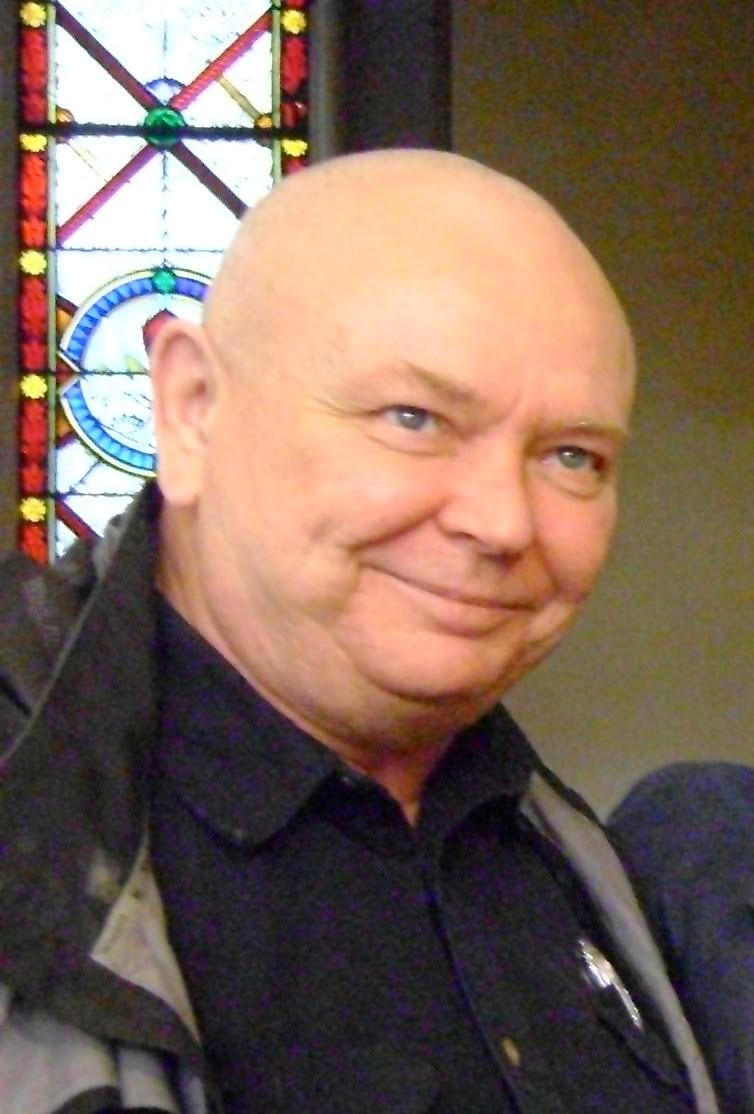This is something that was written by a woman I have known for many years, through meditation practice. Her name is Maureen G., sometimes known as GiGi which I am told stands for Great Grandmother. I am mostly interested in the practical effects of meditation practice, which is why I think Maureen's experiences will be interesting to many others.
Being a hospital patient isn’t enjoyable at any time —except probably when giving birth in a supportive maternity ward. I have been in and out of hospitals for twenty plus years, and have experienced some of the difficulties and frustrations of being a patient. During that time, I’ve seen many changes in how hospitals are organized and run. I also see a great difference in how I view the hospital environment and how I respond to it.
Part of that difference, I now realize, comes from ten years or so studying with two different Buddhist teachers. It wasn’t until I was placed in the particularly difficult situation of being hospitalized that I began to observe the fruits of those studies. But “studies” is the wrong word because it was not an intellectual process. It was more something that had been absorbed into my being and was suddenly there just when it was needed.
I remember, for example, lying in bed waiting for the next nurse/doctor to arrive, being aware of the area where the problem was, what was hurting, but realizing that I didn’t need to focus on that or claim it as “my body” or “my pain”. Buddhist texts advise not to avoid the pain, but rather to face it directly, to focus on it, actually “be with it”. I needed to stop thinking of it as “MY pain” and realize that it was simply a message, a part of my body sending a signal to the brain’s receptors that a problem existed and needed attention. At the same time I could be aware that other parts of my body were working perfectly well—I could wiggle my toes beautifully.Ěý
But there was something else, not related to my particular reason for being in the hospital. I had been noticing for awhile that encountering people on the street, in stores, while shopping, I was no longer completely wrapped up in my own thoughts. I was seeing others in ways I hadn’t seen them before. I found myself having conversations with perfect strangers, and in some of those encounters having a sense of openness, oneness, connectedness with the other person.Ěý
Now that kind of interaction was present in a hospital setting. My relationship with the nurses was different from what it had been on previous hospital visits. I no longer saw them as simply someone there to help me, but as other human beings whose empathy and patience were truly admirable. I could see the problems they faced such as over-crowded conditions or difficult patients and how well they dealt with those situations. With the nurses I saw on a regular basis, I discovered the sort of “common ground” that one usually only experiences in a close friendship,
My relations with other patients was different too. Instead of just the usual interchange of facts about why we were there, who we were in normal life, etc., I was able to see, by talking less and listening more, ways in which that person might be helped or reassured. Even those patients I only encountered in the hallway became an opportunity to share an empathetic glance or a word or two
All of this, of course, didn’t change the fact that I was where I didn’t want to be, that I was in pain, or that the outcome of my stay there was uncertain. What had changed was that now there was something more solid, more dependable, than the fear or uncertainty I had experienced previously.Ěý
I would like to make it clear, though, that none of these realizations or insights originated from a thought process. I did not “decide” to make these things happen. Instead, I became aware of these processes as they were taking place. It seems I had, over years of exposure to Buddhist teachings, somehow absorbed them. And they were automatically there just when I needed them. And “absorbed” seems like exactly the right word. Those teachings had become part of me, a part that came in handy when confronted with the not pleasant situation of being a hospital patient.
 Wayne CodlingĚýis a former Zen monastic and a lineage holder in the Soto Zen tradition. He teaches Zen style meditation in various venues around Victoria. Wayne’s talks and some writings can be found on his blog
Wayne CodlingĚýis a former Zen monastic and a lineage holder in the Soto Zen tradition. He teaches Zen style meditation in various venues around Victoria. Wayne’s talks and some writings can be found on his blog
You can read more articles on our multifaith blog, The Spiritual View,
Ěý


